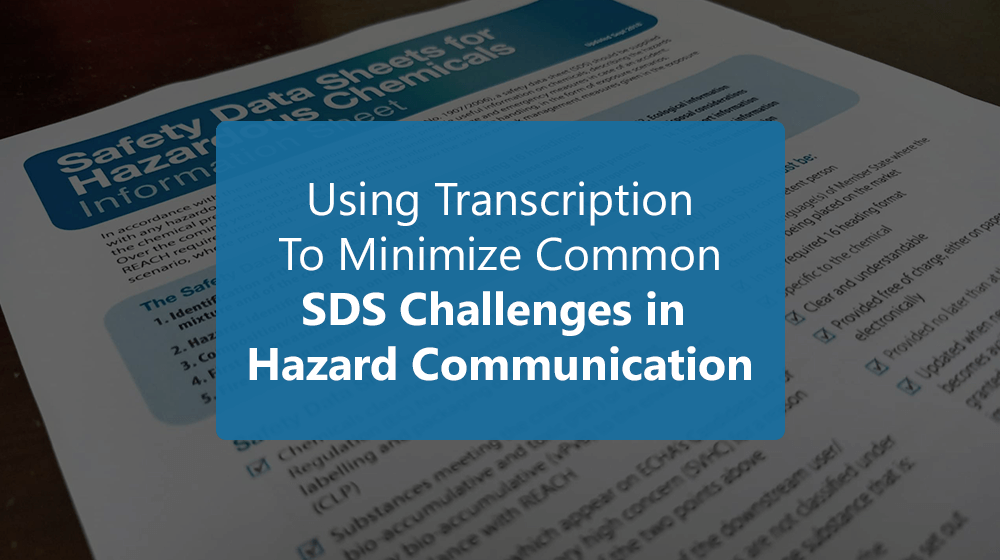As businesses expand their reach across borders, bridging language barriers to engage with diverse audiences becomes essential. Two key terms often used in this context are translation and localization. While related, translation and localization are distinct processes with different objectives.
Here, we will explore the differences between translation and localization and understand their significance in various contexts.
What is Translation?
Translation refers to converting text from one language into another while preserving the original content’s meaning, tone, and intent. It involves a deep understanding of both the source and target languages and the cultural nuances associated with them. Translators aim to accurately convey the message from the source to the target language, ensuring clarity and coherence in the translated text.
Translation is commonly used in various domains, such as literature, legal documents, academic papers, and business communication. It is an invaluable tool for disseminating information across language barriers. It further allows individuals and organizations to reach a broader audience. To provide accurate and effective translations, a skilled translator must possess linguistic proficiency, cultural awareness, and subject matter expertise.
What is Localization?
Localization, on the other hand, goes beyond mere translation. It involves adapting content to suit a specific target market or locale’s cultural, linguistic, and functional requirements. Localization considers various elements, including language, currency, date formats, measurement units, cultural references, and legal requirements.
The objective of localization is to create a seamless user experience that feels natural and native to the target audience. It involves tailoring a product or service’s content, design, and functionality to resonate with the local culture and preferences. Localization extends beyond words and encompasses visual elements, images, symbols, colors, and user interface design. By localizing content, businesses can enhance user engagement, customer satisfaction, and brand perception in new markets.
Key Differences between Localization and Translation:
Main Aim
The primary focus of translation is converting the written word from one language to another. A professional translator ensures the original message is disseminated in the target language, preserving the same intent and meaning.
On the other hand, localization extends beyond mere language translation. It considers all the unique cultural, social, and regulatory aspects of a particular geographic location or audience. Localization aims to make a product, service, or content seem like it was created specifically for the target market.
Cultural Adaptation
Translation might retain cultural references in the original text but doesn’t constantly adapt them to make sense in the target culture. For instance, idiomatic expressions, jokes, puns, and cultural references might be accurately translated but could still be misinterpreted or fail to resonate with the target audience.
Localization ensures the adaptation of such elements to make them culturally appropriate in the target market. It ensures that the localized product or content aligns well with local customs and cultural sensitivities.
Scope
Translation applies to a wide variety of content forms, including but not limited to books, academic papers, websites, legal documents, and manuals. It concerns language conversion and doesn’t delve into other elements like design, formatting, or functionality.
Localization, conversely, involves a comprehensive adaptation process. It encompasses everything from language translation to the modification of images, layout, colors, measurements. It even includes software functionality to match the expectations and norms of the target market.
Customization
In the translation process, the main form of customization involves adjusting the text to fit the grammar, syntax, and idiomatic usage of the target language.
Localization, however, requires a more nuanced and extensive form of customization. Depending on the product or service, it could involve changing date and time formats, currency, regulatory requirements. It also includes modifying design elements to align with the cultural preferences and expectations of the target audience.
Wrap up
Translation and localization are vital for bridging language and cultural gaps in our increasingly interconnected world. While translation focuses on converting text accurately from one language to another, localization considers the cultural, linguistic, and functional aspects to adapt content for a specific target audience.
Understanding the differences between translation and localization helps businesses and individuals communicate and connect with diverse markets. It ensures that their messages are understood and resonate with local audiences. By leveraging translation and localization, organizations can expand their global presence. They can foster more robust connections, and create meaningful interactions with their target markets. And if you are looking for the best translation services, don’t forget to contact us. Get your custom quote and learn more about translation services.

















